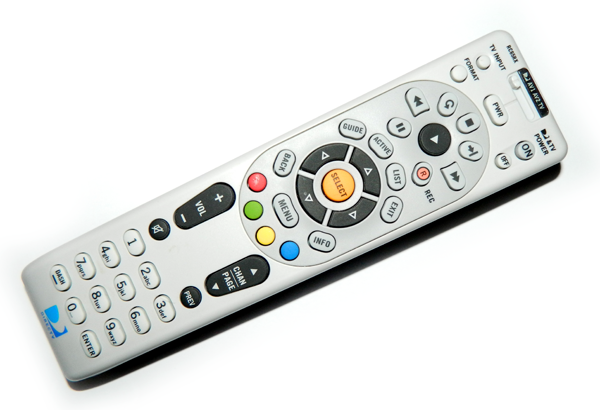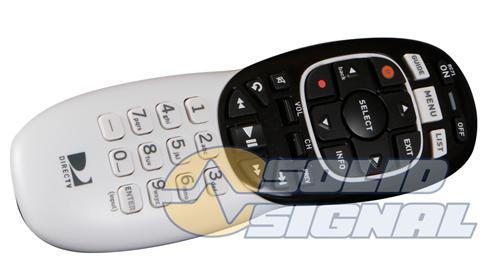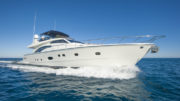Who doesn’t like an RF remote? RF remotes use tiny radio transmitters to send information to electronic devices. Most off-the-shelf remotes use infrared (IR) which just isn’t as good. With RF, you don’t really have to aim the remote and it will work even if your device is in a cabinet or behind a door.
For years, RF remotes were an extra-cost item. People paid a lot of money for them and only top-end electronic devices had them. That changed with DIRECTV and DISH which both started including RF-capable remotes with their receivers in the late 2000s.
DIRECTV Genie comes to town
DIRECTV’s Genie system was first released in 2012 and from the very start, every single box had an RF-capable remote. At first, they were the older white style, that looked like this:

But, with the coming of the HR44 second-generation Genie in 2013, we saw a new remote. They called it the Genie Remote, and it looked nothing like any remote that DIRECTV had ever produced:

The Genie remote was simplified, to make it easier for people to understand it. It also was the first remote series to be made with 100% RF capability. Not only that, this was DIRECTV’s first bidirectional remote. It could be programmed simply by pointing it toward the DVR or client box. No more entering in long strings of numbers to program it!
State of the art today
If you get today’s HS17 Genie 2 system, you’ll be able to attach up to 7 clients and use them all at the same time. Best of all they will all come with RF remotes. Don’t fret if you lose a remote either. The Genie Remote is also AT&T’s most affordable remote and you can always get one at a great price at Solid Signal.
“Just one more thing…”
The very nice thing about all Genie systems is that they work in both RF mode and infrared (IR) mode at the same time. That means your Genie remote can coexist with any older DIRECTV remote or storebought replacement remote and no matter what you pick up it’s going to work. This is a big change from earlier technology where you couldn’t use RF if you used IR, or you couldn’t use IR if you used RF. Personally I think it’s pretty amazing that AT&T manages to put all this value into such an inexpensive package.





